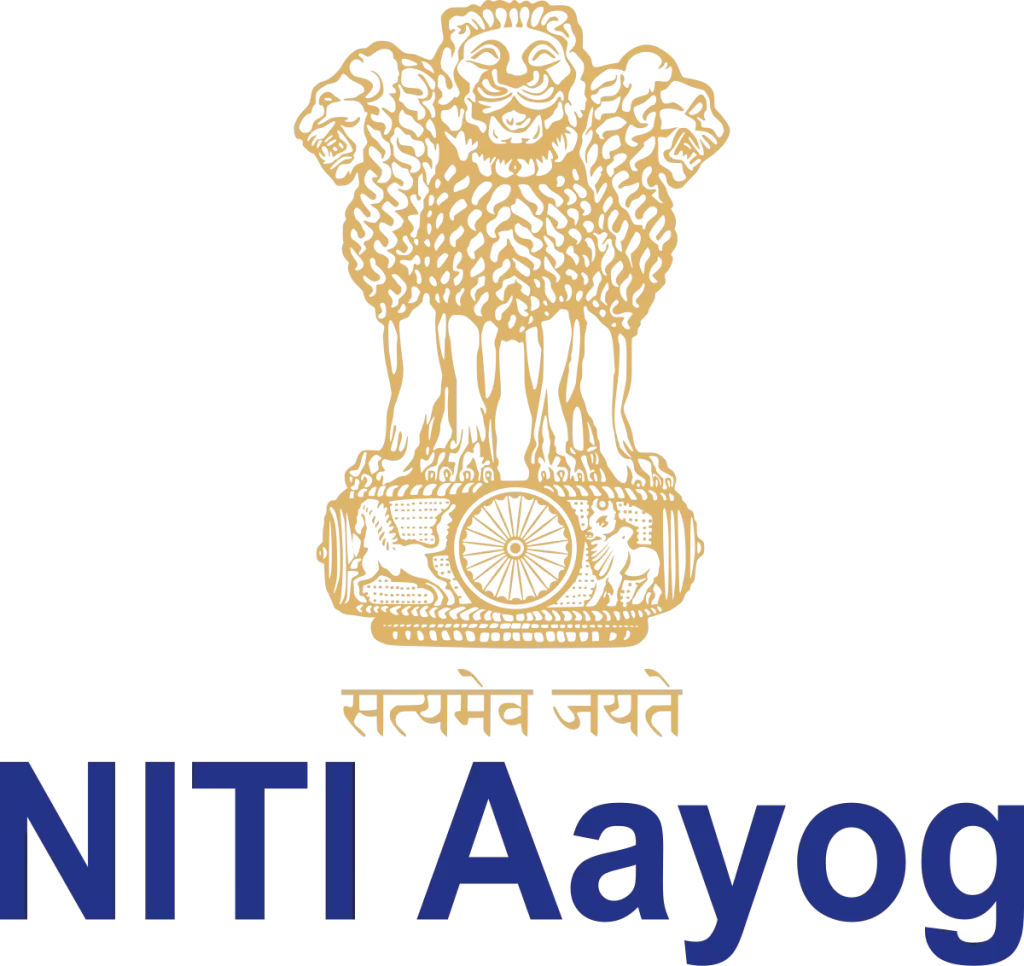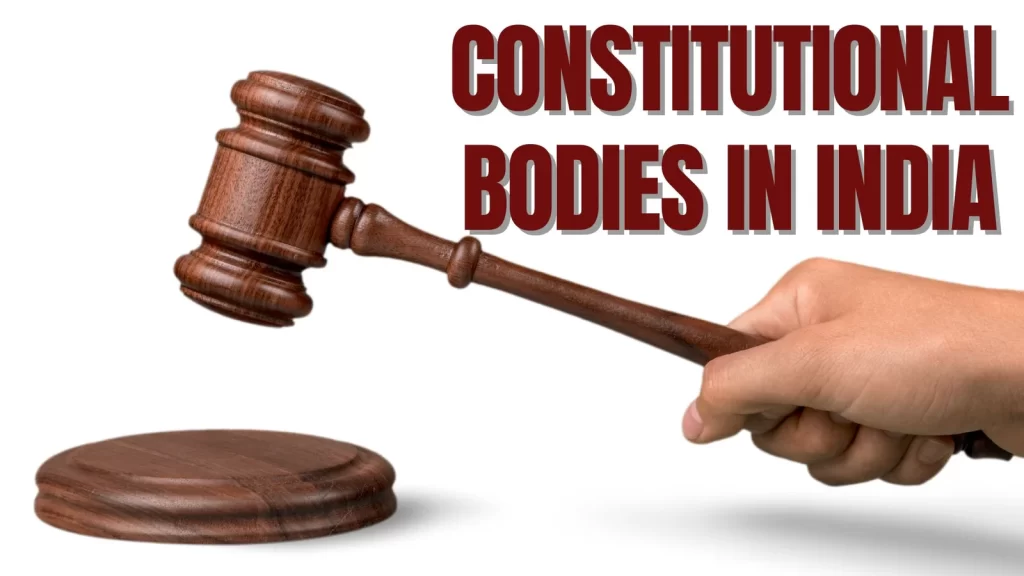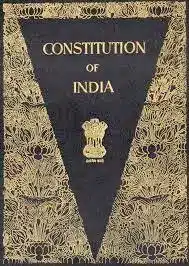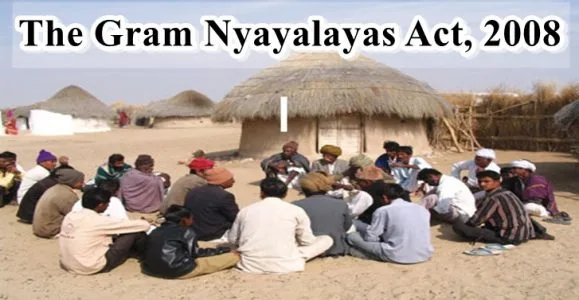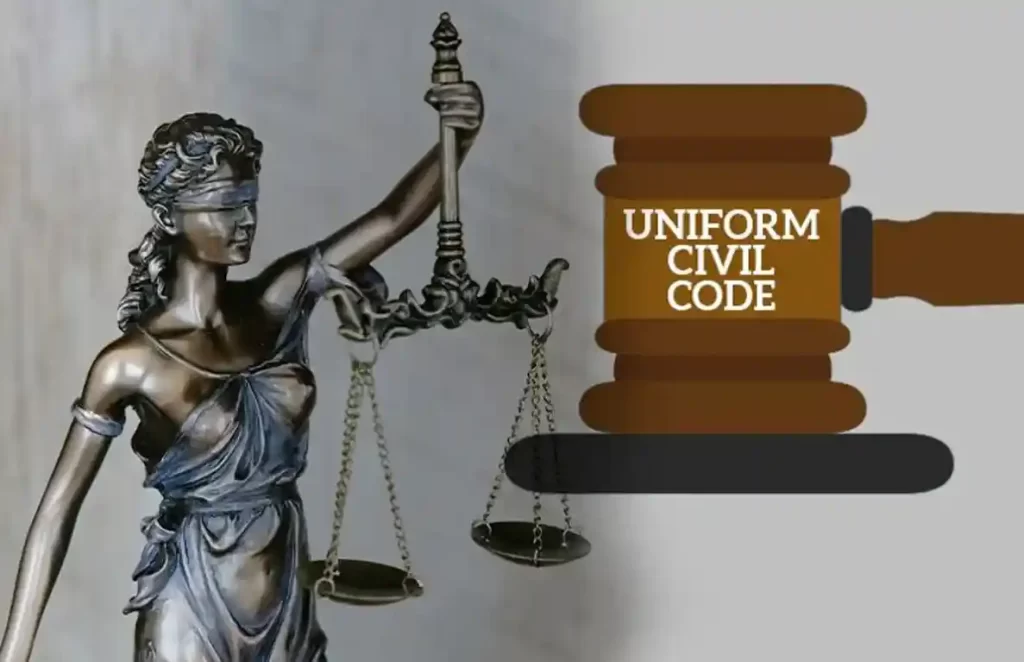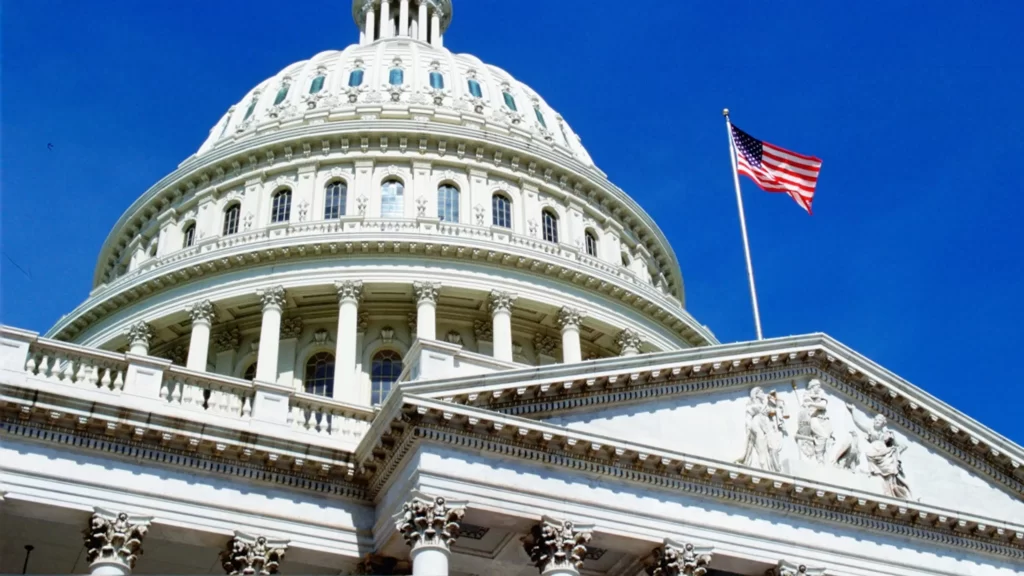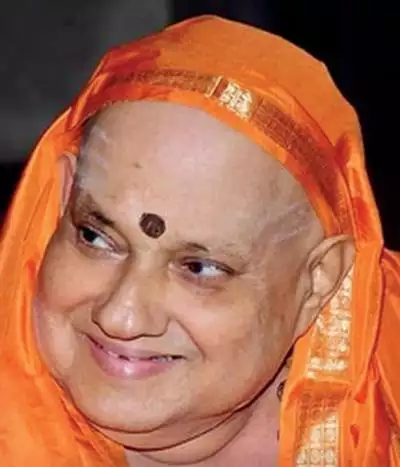Top 10 Important Supreme Court Judgements
The Supreme Court is the ultimate interpreter of the Constitution and, has been the protector of our constitutional rights and fundamental freedom. These judgements are to be appreciated not only as precedents, but also as having laid down the law on issues of paramount importance—law that is binding on all courts and authorities in the country.
1. Kesavananda Bharati v. State of Kerala (1973)
This judgement defined the basic structure of the Constitution. The SC held that although no part of the Constitution, including Fundamental Rights, was beyond the Parliament’s amending power, the “basic structure of the Constitution could not be abrogated even by a constitutional amendment.” This is the basis in Indian law in which the judiciary can strike down any amendment passed by Parliament that is in conflict with the basic structure of the Constitution.
- It was unique for the reason that it brought a shift in the balance of democratic power. Earlier judgements had taken a stand that Parliament could amend even the fundamental rights through a proper legislative process.
- But the present case held that Parliament can not amend or alter the fundamental structure a ‘Basic Structure’ of the constitution.
- Besides, Kesavananda Case was significant in that the Supreme Court ascribed to itself the function of preserving the integrity of the Indian Constitution.
- The ‘basic structure’ doctrine formulated by the court represented the pinnacle of judicial creativity and set a benchmark for other constitutional courts around the world.
- The doctrine ruled that even a constitutional amendment could be invalidated if it impaired the essential features—the basic structure—of the Constitution.
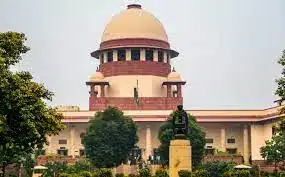
2. Maneka Gandhi v. Union of India (1978)
This case expanding the meaning of the ‘right to life’ under the Constitution of India. A main issue in this case was whether the right to go abroad is a part of the Right to Personal Liberty under Article 21. The SC held that it is included in the Right to Personal Liberty. The SC also ruled that the mere existence of an enabling law was not enough to restrain personal liberty. Such a law must also be “just, fair and reasonable.”
- The right to life and personal liberty under Article 21 reads: ‘No person shall be deprived of his life or personal liberty except according to procedure established by law”.
- In other words, courts were not allowed to question any law—no matter how arbitrary or oppressive—as violating the right to life or personal liberty if the law had been suitably passed and enacted.
- However, by vesting in itself the power of substantive review under Article 21, the court transformed itself from being merely a supervisor, to being a watchdog of the Constitution.
- The Supreme Court’s judgement in the Maneka Gandhi case effectively meant that ‘procedure established by law’ under Article 21 would have the same effect as the expression ‘due process of law’.
- In a subsequent decision, the Supreme Court stated that Article 21 would read as: ‘No person shall be deprived of his life or personal liberty except according to fair, just and reasonable procedure established by valid law.
3. Mohammed Ahmed Khan v. Shah Bano Begum (1985)
Questioning the sanctity of personal religious laws and bringing the debate on a Uniform Civil Code to the forefront of the national discourse.
The SC upheld the right to alimony for a Muslim woman and said that the Code of Criminal Procedure, 1973 is applicable to all citizens irrespective of their religion. This set off a political controversy and the government of the day overturned this judgement by passing the Muslim Women (Protection on Divorce Act), 1986, according to which alimony need be given only during the iddat period (in tune with the Muslim personal law).
- In April 1985, the Supreme Court delivered a judgement on the maintenance a divorced Muslim woman would be entitled to receive from her former husband in the case of Mohammed Ahmed Khan v. Shah Bano Begum (Shah Bano).
- It is seen as one of the milestones in Muslim women’s fight for rights in India and the battle against the set Muslim personal law. It laid the ground for thousands of women to make legitimate claims which they were not allowed before.
- While the Supreme Court upheld the right to alimony in the case, the judgment set off a political battle as well as a controversy about the extent to which courts can interfere in Muslim personal law.
4. Indra Sawhney v. Union of India (1992)
Delivering the decision relating to the constitutionality of reservations under the Constitution of India. SC examined the scope and extent of Article 16(4), which provides for the reservation of jobs in favour of backward classes. It upheld the constitutional validity of 27% reservation for the OBCs with certain conditions (like creamy layer exclusion, no reservation in promotion, total reserved quota should not exceed 50%, etc.)
- In the Indra Sawhney judgment (1992), the Court upheld the government’s move and proclaimed that the advanced sections among the OBCs (i.e, the creamy layer) must be excluded from the list of beneficiaries of reservation. It also held that the concept of creamy layer must be excluded for SCs & STs.
- The Indra Sawhney verdict also held there would be reservation only in initial appointments and not promotions.
- But the government through this amendment introduced Article 16(4A) to the Constitution, empowering the state to make provisions for reservation in matters of promotion to SC/ST employees if the state feels they are not adequately represented.
- The Supreme Court in the judgement also capped the reservation quota at 50%.
5. S. R. Bommai case (1994)
The SR Bommai case gave one of the landmark judgements of the Supreme Court regarding the basic structure doctrine, as well as, regarding the blatant misuse of Article 356. This landmark verdict put restrictions on the centre for imposing the President’s Rule on states.
- It said that the power of the President to dismiss a government of a state is not absolute.
- It said that the President should use this power only after his proclamation (of imposing President’s Rule) has been approved by both Houses of the Parliament.
- Until then, the President can only suspend the Legislative Assembly.
- In case the proclamation does not get the approval of both the Houses, it lapses at the end of a period of two months, and the dismissed government is revived.
- The suspended Legislative Assembly also gets reactivated.
- The SC also stated that the proclamation of the imposition of Article 356 is subject to judicial review.
6. Vishaka v. State of Rajasthan (1997)
This case dealt with sexual harassment at the workplace. In the judgement, the SC gave a set of guidelines for employers – as well as other responsible persons or institutions – to immediately ensure the prevention of sexual harassment. These are called ‘Vishaka Guidelines’. These were to be considered law until appropriate legislation was enacted.
- In the context of sexual harassment of women at workplace, judicial activism reached its pinnacle in Vishaka v. State of Rajasthan (Vishaka).
- The judgement was unprecedented for several reasons:
- the Supreme Court acknowledged and relied to a great extent on international treaties that had not been transformed into municipal law;
- the Supreme Court provided the first authoritative definition of ‘sexual harassment’ in India; and confronted with a statutory vacuum, it went creative and proposed the route of ‘judicial legislation’.
- Since there was no legislation in India related to sexual harassment at the workplace, the court stated that it was free to rely on the Convention on the Elimination of All Forms of Discrimination against Women (CEDAW—signed by India in 1980) in interpreting Articles 14, 15, 19 and 215 of the Constitution.
- To justify its decision the court referred to several sources including the Beijing Statement of Principles of the Independence of the Judiciary, a decision of the High Court of Australia and its own earlier decisions.
7. Aruna Ramachandra Shanbaug v. Union of India (2011)
The SC ruled that individuals had a right to die with dignity, allowing passive euthanasia with guidelines. The need to reform India’s laws on euthanasia was triggered by the tragic case of Aruna Shanbaug who lay in a vegetative state (blind, paralysed and deaf) for 42 years.
- Passive euthanasia is a condition where there is withdrawal of medical treatment with the deliberate intention to hasten the death of a terminally-ill patient.
- The Aruna Shanbaug case triggered debate of Euthanasia in India.
- A writ petition under Article 32 before the Supreme Court of India was filed, asking for the legalisation of euthanasia so that Aruna’s continued suffering could be terminated by withdrawing medical support.
- Supreme court in 2011 recognised passive euthanasia in this case by which it had permitted withdrawal of life-sustaining treatment from patients not in a position to make an informed decision.
- Subsequent to this, in a landmark judgment (2018), the Supreme Court recognised passive euthanasia and “living will”.
- A ‘living will’ is a concept where a patient can give consent that allows withdrawal of life support systems if the individual is reduced to a permanent vegetative state with no real chance of survival.
8. Lily Thomas v. Union of India (2013)
Struck down as unconstitutional Section 8(4) of the Representation of the People Act (RPA)-1951 that allowed convicted lawmakers a three-month period for filing appeals to the higher court and to get a stay on the conviction and sentence.
The SC ruled that any MLA, MLC or MP who was found guilty of a crime and given a minimum of 2 year imprisonment would cease to be a member of the House with immediate effect.
- Section 8 of the RPA deals with disqualification on conviction for certain offences: A person convicted of any offence and sentenced to imprisonment for varying terms under Sections 8 (1) (2) and (3) shall be disqualified from the date of conviction and shall continue to be disqualified for a further period of six years since his release.
- But Section 8 (4) of the RP Act gives protection to MPs and MLAs as they can continue in office even after conviction if an appeal is filed within three months.
- The Supreme Court held that chargesheeted Members of Parliament and MLAs, on conviction for offences, will be immediately disqualified from holding membership of the House without being given three months’ time for appeal, as was the case before.
- The Bench found it unconstitutional that convicted persons could be disqualified from contesting elections but could continue to be Members of Parliament and State Legislatures once elected.
9. Right To Privacy (2017) : Justice K.S. Puttaswamy vs. Union of India (2017)
SC ruled that Fundamental Right to Privacy is intrinsic to life and liberty and thus, comes under Article 21 of the Indian constitution.
- Nine judges of this Court assembled to determine whether privacy is a constitutionally protected value. The issue reaches out to the foundation of a constitutional culture based on the protection of human rights and enables this Court to revisit the basic principles on which our Constitution has been founded and their consequences for a way of life it seeks to protect.
- This case presents challenges for constitutional interpretation. If privacy is to be construed as a protected constitutional value, it would redefine in significant ways our concepts of liberty and the entitlements that flow out of its protection.
- The Puttaswamy judgement of 2017 reaffirmed the ‘Right to Privacy’ as a fundamental right in Indian Jurisprudence. Since then, it has been used as an important precedent in many cases, to emphasize upon the right to privacy as a fundamental right and to clarify the scope of the same.
- The Supreme Court upheld the validity of the Aadhar Scheme on the ground that it did not violate the right to privacy of the citizens as minimal biometric data was collected in the enrolment process and the authentication process is not exposed to the internet.
- The majority upheld the constitutionality of the Aadhaar Act, 2016 barring a few provisions on disclosure of personal information, cognizance of offences and use of the Aadhaar ecosystem by private corporations.
- They relied on the fulfilment of the proportionality test as laid down in the Puttaswamy (2017) judgment.
10. Repealing Section 377 (2018) : Navtej Singh Johar vs. Union Of India (2018)
Decriminalised homosexuality by striking off parts of Section 377 of the Indian Penal Code (IPC)
- In Navtej Singh Johar v. Union of India case, the Supreme Court of India unanimously held that Section 377 of the Indian Penal Code 1860 (IPC), which criminalized ‘carnal intercourse against the order of nature’, was unconstitutional in so far as it criminalized consensual sexual conduct between adults of the same sex.
- The petition, challenged Section 377 on the ground that it was vague and it violated the constitutional rights to privacy, freedom of expression, equality, human dignity and protection from discrimination guaranteed under Articles 14, 15, 19 and 21 of the Constitution.
- The Court relied upon the judgement in the case of K.S. Puttaswamy v. Union of India, which held that denying the LGBT community its right to privacy on the ground that they form a minority of the population would be violative of their fundamental rights, and that sexual orientation forms an inherent part of self-identity and denying the same would be violative of the right to life.
Also refer:
- Difference Between Fifth Schedule And Sixth Schedule
- Top 50 Science MCQs For Competitive Exams
- Know About The Different Financial Sector Regulators In India
- Leader of the Opposition in India.

